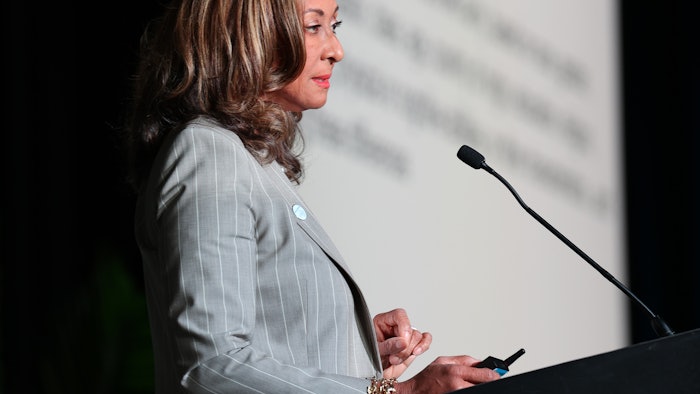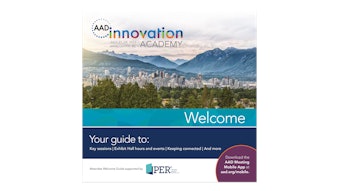First Kenney Lecture includes unveiling of new Pathways: Inclusivity in Dermatology program
Overcoming health disparities in medicine and dermatology.

“The specialty of dermatology doesn’t reflect the face of our patients,” said Susan C. Taylor, MD, FAAD, who was awarded the inaugural John Kenney Jr., MD Lifetime Achievement Award and Lectureship during the P151 – Plenary. Dr. Taylor, the Bernett Johnson endowed professor of dermatology at the Perelman School of Medicine in Philadelphia, discussed the barriers and opportunities to achieving racial, ethnic, and socioeconomic diversity in the field of dermatology.
“Health disparities in medicine and dermatology exist, especially among racial/ethnic minorities, and are associated with worse health outcomes,” Dr. Taylor said.
AAD and FAAD dermatologists are recognized as the leading authority and leaders in providing the highest quality and compassionate dermatologic care. To address health inequities, Dr. Taylor introduced AAD’s vision for diversity, equity, and inclusion, which includes diversifying the dermatology workforce, providing culturally competent care, reducing bias in the health care setting, ensuring ethical and inclusive research, and increasing dermatologic services to underserved populations with educational initiatives in dermatology.
Dr. Taylor also introduced Pathways: Inclusivity in Dermatology, a new AAD initiative, in collaboration with Johnson & Johnson Consumer Health and Janssen.
The Pathways program seeks to increase the number of practicing underrepresented minorities in medicine (URiM) dermatologists over the next five years, decrease the number of dermatology residents from Black, Latino, and Indigenous, communities from 100 residents to 250, or by over 50% by 2027, and increase the number of dermatology program faculty from Black, Latino, and Indigenous backgrounds by 2%.
Another aim of the program is to increase “touchpoints” promoting dermatology to Black, Latino, and Indigenous high school, college, and medical school students by 10% each year, Dr. Taylor said.
With AAD’s vision and educational initiatives and the Pathways program, “we aim to equip FAAD dermatologists to care for all patients in a diversifying population with structural or institutional barriers,” Dr. Taylor said.
Visit AAD DermWorld Meeting News Central for more articles.
